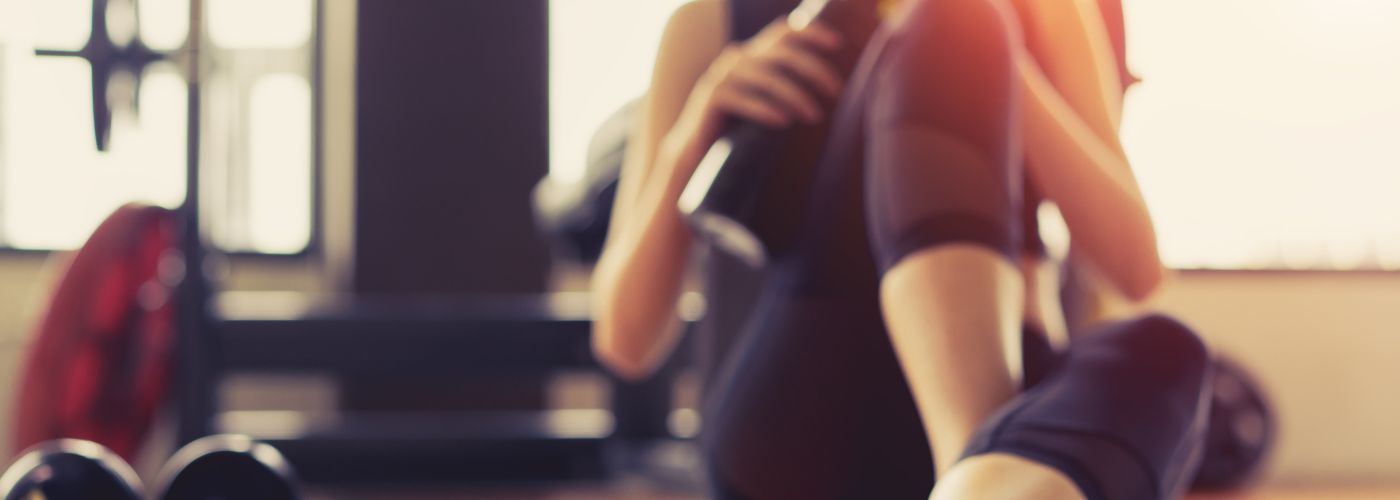In the perpetual quest for optimal fitness and recovery, the debate between active recovery vs rest days looms large, stirring up a storm in the world of athletes and fitness enthusiasts alike. Join us on this exploration of active recovery vs rest days, where we unravel the mysteries behind these two approaches to recovery, guiding you towards making informed choices!
Differences in Active Recovery vs Rest Days
Active recovery days are often viewed as a more intentional approach to rest, where gentle exercises like yoga or walking or even using massage guns can help promote blood flow and reduce muscle soreness.
By contrast, traditional rest days involve complete inactivity to allow the body to fully recover from intense training sessions. While both approaches are crucial for optimal performance and injury prevention, active recovery days offer the added benefit of maintaining flexibility and mobility.
One key difference between active recovery and rest days is the mental aspect. Engaging in light physical activities on active recovery days can provide a mental break from intense training routines while still allowing athletes to feel productive.
In contrast, rest days may sometimes lead to feelings of guilt or anxiety about not being physically active. Ultimately, finding a balance between both approaches is essential for overall wellbeing and sustained athletic performance.
Pros of Active Recovery
Active recovery is a crucial element in optimizing athletic performance and preventing injuries. Incorporating light exercises and stretching after intense workouts helps to enhance blood flow, reduce muscle soreness, and speed up the recovery process.

By engaging in low-impact activities like swimming or yoga during rest days, athletes can promote flexibility, mobility, and overall well-being. Additionally, active recovery allows for mental rejuvenation by providing a break from high-intensity training routines.
Moreover, active recovery aids in maintaining consistency in training regimens by promoting faster muscle repair and reducing the risk of burnout. This approach helps athletes maintain a balance between exertion and rest, ensuring steady progress toward fitness goals while minimizing the likelihood of overtraining-related setbacks. Using a head and neck massager may also help with active recovery from your training days and workouts.
Cons of Active Recovery
Active recovery is often praised for its ability to enhance overall fitness and aid in muscle recovery. However, there are some potential downsides to consider. One major drawback of active recovery is the risk of overtraining, as pushing too hard during these sessions can lead to injury and burnout.
Additionally, constantly engaging in active recovery activities can be time-consuming and may prevent the body from fully resting and recuperating.
Furthermore, using active recovery as a crutch for poor training habits or inadequate rest periods may ultimately hinder long-term progress and performance. It’s important to strike a balance between active recovery and passive rest to ensure optimal results in physical fitness goals.
While incorporating active recovery into a routine can be beneficial, it’s crucial to monitor intensity levels and listen to the body’s signals to avoid injuries.
Pros of Rest Days
Rest days are essential for optimal performance in the gym. Not only do they give your body a chance to recover and repair muscles, but they also help prevent burnout and overtraining. By taking rest days, you can avoid injuries and improve overall workout efficiency. It’s important to listen to your body and recognize when it needs a break, as pushing too hard without rest can hinder progress.

Incorporating rest days into your workout routine can also have positive effects on mental health. It allows time for relaxation and reduces stress levels associated with intense training. Rest days provide an opportunity to focus on other aspects of wellness, such as meditation or gentle stretching exercises, that contribute to overall well-being.
One major aspect of rest days that is often overlooked is sleep. Adequate sleep is essential for muscle recovery and growth. During rest days, getting a full night’s sleep can help repair damaged tissues and replenish energy stores.
Aim to get 7-9 hours of quality sleep each night to support your fitness goals!
Cons of Rest Days
While rest days are essential for physical and mental recovery, excessive rest can have its drawbacks. Taking too many rest days in a row can lead to a decrease in overall fitness levels and performance.
The body thrives on consistency and regular movement, so prolonged periods of inactivity can result in muscle loss and decreased cardiovascular endurance.
Additionally, excessive rest days may also disrupt one’s routine and motivation, making it harder to get back into the swing of things once training resumes. It’s important to strike a balance between rest and activity to ensure optimal progress.
Finding A Balance Between Active Recovery vs Rest Days
In the world of fitness and training, finding the right balance between active recovery and rest days is essential for overall performance and well-being. While it’s important to push your limits during workouts, it’s equally crucial to allow your body time to recover and repair.
The recommended amount of rest days should be about 1-3 rest days per week, depending on the intensity of your workouts and individual fitness level. Active recovery days, such as light stretching or low-impact activities like yoga or swimming, can also help promote blood flow and aid in muscle recovery without putting too much stress on the body.

Related Stories
Sciatica: 1, LeBron: 0 (For Now)
File photo: LeBron James #6 of the Los Angeles Lakers. (Photo: Thearon W. Henderson /...
Oct
Pickleball vs. Tennis: The Science of Recovery
For years, tennis was the stand-in for movement: endurance, coordination, and power all at once....
Oct
5 Ways to Support Bone Strength with HiDow
World Osteoporosis Day (October 20) October 20 is World Osteoporosis Day, and chances are, you’ve...
Oct
FDA-Cleared Is a Flex. Here’s Why.
Pulling Back the Curtain You’ve seen it on boxes, on websites, in ads: FDA-cleared. It...
Sep
This Is Fibro. This Is Larry.
September is Pain Awareness Month. And we’re not here to give you medical definitions or...
Sep
Train Your Relaxation Reflex
How often do you find yourself struggling to switch off after a long day? With...
Aug